Home>Garden Essentials>How To Plant Dianthus Seeds
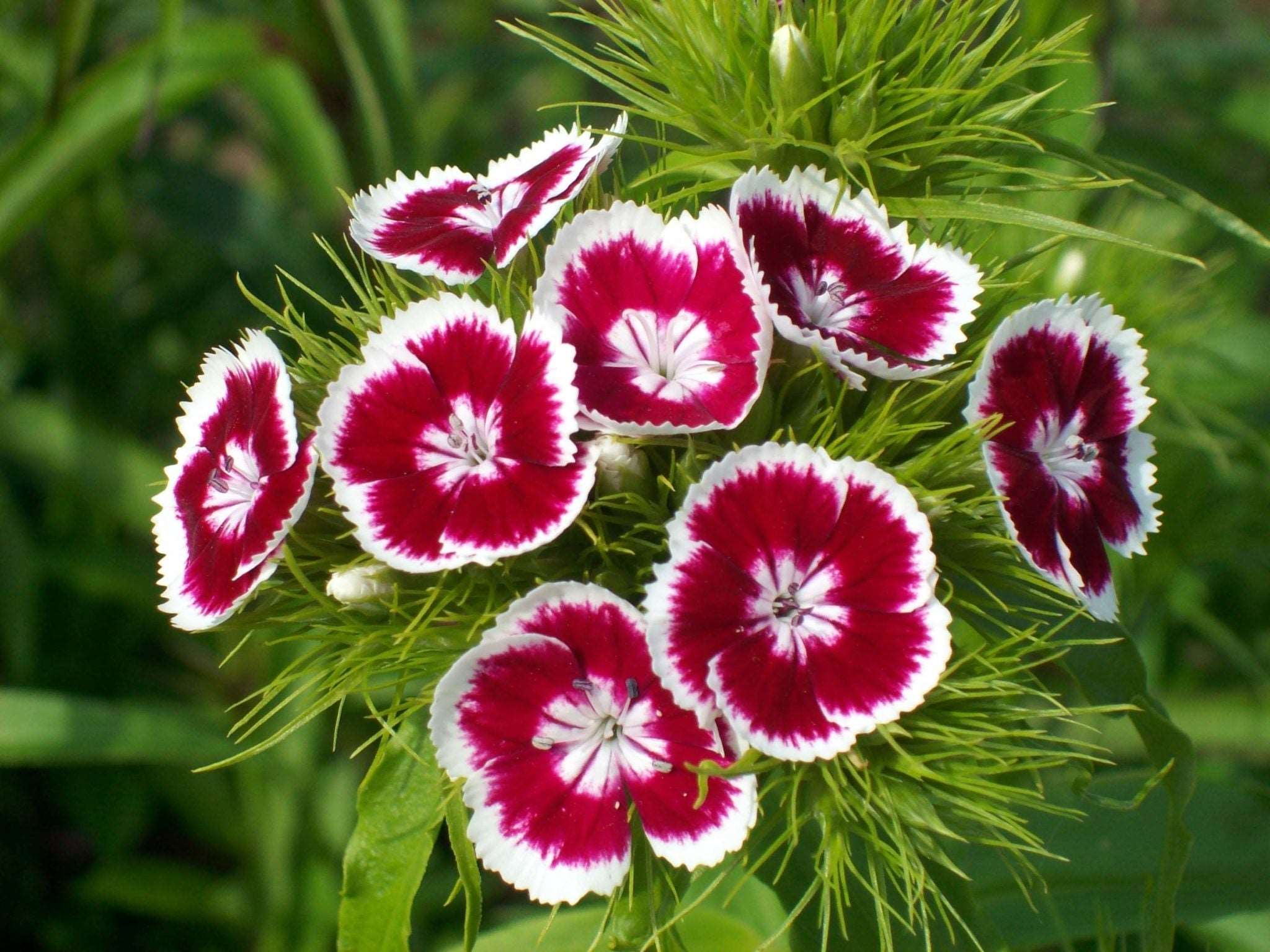

Garden Essentials
How To Plant Dianthus Seeds
Modified: March 15, 2024
Learn how to plant Dianthus seeds in your garden and enjoy their vibrant blooms. Step-by-step guide to ensure successful cultivation and beautiful results.
(Many of the links in this article redirect to a specific reviewed product. Your purchase of these products through affiliate links helps to generate commission for Storables.com, at no extra cost. Learn more)
Introduction
Welcome to the world of gardening, where the beauty of nature meets the joy of nurturing and growing your own plants. If you’re looking to add a splash of color and fragrance to your garden, planting dianthus seeds is the perfect choice. Dianthus, commonly known as carnations or pinks, are stunning flowering plants that come in a variety of vibrant colors.
In this article, we will guide you through the process of planting dianthus seeds. Whether you’re a seasoned gardener or just starting out, these steps will help you successfully grow these exquisite blooms in your own backyard.
Before we dive into the specific steps, let’s take a moment to appreciate the qualities that make dianthus seeds a fantastic addition to any garden. Firstly, dianthus flowers are known for their delightful fragrance, which adds a touch of sweetness to the air. Additionally, their attractive petals come in shades ranging from soft pastels to vivid pinks and purples, making them a visually appealing choice.
Furthermore, dianthus plants are relatively low maintenance, making them suitable for gardeners of all levels. With proper care and attention, these delightful blooms can thrive in various climates. So, whether you’re looking to create a vibrant flowerbed, adorn your patio with potted plants, or add charm to your front yard with a colorful border, dianthus seeds are an excellent choice.
Now that we’ve set the stage, let’s move onto the first step: selecting the right seeds for your dianthus journey.
Key Takeaways:
- Choose dianthus seeds based on your garden’s climate, color preferences, and space availability. Prepare the soil, sow the seeds, and provide proper care to enjoy vibrant blooms.
- To grow healthy dianthus plants, ensure adequate sunlight, water, and protection from pests. Transplant seedlings carefully and maintain mature plants with regular watering and pruning.
Read more: When To Plant Dianthus Seeds
Step 1: Selecting the Right Seeds
When it comes to planting dianthus seeds, selecting the right variety is crucial. With numerous cultivars available, you have the freedom to choose the colors and characteristics that best suit your garden’s aesthetic.
Before purchasing dianthus seeds, consider the following factors:
- Climate: Some dianthus varieties thrive in cooler regions, while others prefer warmer climates. Research the specific requirements of each variety to ensure it will thrive in your area.
- Growth Habit: Dianthus plants can be annuals, biennials, or perennials. Decide which type suits your garden’s needs and timeframe. Annuals complete their life cycle in one year, while biennials take two years to flower, and perennials come back year after year.
- Height and Spread: Take note of the mature height and spread of each dianthus variety to ensure it fits well within your garden layout, whether it’s a border, flower bed, or container.
- Color Palette: Dianthus offers a wide range of colors, from classic pinks and whites to vibrant reds and purples. Consider the color scheme of your garden and choose dianthus seeds that will complement or contrast with existing flowers.
- Preferred Growing Conditions: Some dianthus varieties prefer full sun, while others tolerate partial shade. Take into account the sunlight availability in your garden and choose seeds that align with those conditions.
Once you have gathered all this information, it’s time to start sourcing your dianthus seeds. You can find them at your local garden center, nurseries, or online. Be sure to purchase seeds from reputable suppliers to ensure quality and germination rates.
Now that you have selected the perfect dianthus seeds for your garden, it’s time to prepare the soil for planting. Join us in the next step as we dive into soil preparation.
Step 2: Preparing the Soil
Creating the ideal soil environment is essential for the successful growth of dianthus plants. These flowers thrive in well-draining soil that is rich in organic matter. Follow these steps to prepare the soil for planting:
- Clear the area: Start by clearing the area where you plan to plant your dianthus seeds. Remove any weeds, rocks, or debris that may hinder the growth of your plants.
- Loosen the soil: Use a garden fork or a tiller to loosen the soil to a depth of around 12 inches. This process helps to improve drainage and allows the roots to penetrate easily.
- Amend the soil: To enrich the soil, add organic matter such as compost or well-rotted manure. This will improve the soil’s fertility, drainage, and moisture retention properties.
- Test the pH: Dianthus plants prefer a slightly acidic to neutral soil pH, ideally ranging from 6.0 to 7.0. Use a soil testing kit to determine the pH level of your soil. If it’s too acidic or alkaline, you can adjust it by adding amendments like lime to raise the pH or sulfur to lower the pH.
- Mix in fertilizer: Prior to planting, incorporate a balanced slow-release fertilizer into the soil according to the package instructions. This will provide essential nutrients for the dianthus plants to thrive.
Once you have completed these steps, take a moment to rake the soil lightly to even it out and remove any large clumps. Your soil is now ready for the next phase – sowing the dianthus seeds.
In the next step, we will guide you through the process of sowing dianthus seeds to ensure optimal germination and growth. Stay tuned!
Step 3: Sowing the Seeds
Now that you have prepared the soil, it’s time to sow your dianthus seeds and kickstart the germination process. Follow these steps to ensure successful seed sowing:
- Select the sowing method: Dianthus seeds can be sown directly in the garden or started indoors. Depending on your preference and local climate, choose the method that suits you best.
- Direct sowing: If you choose to sow the seeds directly in the garden, scatter them on top of the prepared soil. Aim for a spacing of about 6 to 8 inches between seeds to allow ample room for growth.
- Indoor planting: If you opt for indoor planting, fill a seed tray or small pots with seed starting mix. Sow two to three seeds in each container and lightly cover them with a thin layer of soil. Place the containers in a warm location with ample sunlight or under grow lights.
- Moisten the soil: After sowing the seeds, gently water the soil using a watering can or a misting spray bottle. Ensure the soil is moist but not waterlogged.
- Provide consistent moisture: Throughout the germination period, it’s important to keep the soil consistently moist. Check the soil regularly and water as needed to prevent it from drying out.
- Protect the seeds: To protect the seeds from birds or pests, you can cover the seeded area with a thin layer of straw or use a floating row cover. This will help to retain moisture and provide a barrier against potential threats.
- Monitor germination: Dianthus seeds generally take around 10 to 20 days to germinate, depending on the variety and growing conditions. Monitor the seeded area or the indoor containers regularly, and celebrate the moment you see tiny green seedlings emerging from the soil.
Now that you have successfully sown your dianthus seeds, it’s time to move on to the next step: watering and fertilizing the seedlings to ensure healthy growth. Join us in the following step for more information!
Step 4: Watering and Fertilizing
Proper watering and fertilizing are crucial for the healthy growth of your dianthus seedlings. Follow these guidelines to provide optimal care:
- Watering: Dianthus plants prefer moderate moisture levels. It’s important to keep the soil consistently moist but not waterlogged. Avoid overwatering, as it can lead to root rot. Water the seedlings at the base, allowing the water to penetrate the soil and reach the roots.
- Frequency of watering: Depending on the climate and soil conditions, you may need to water your dianthus seedlings every 2-3 days, adjusting as necessary. It’s important to monitor soil moisture levels and adjust the watering frequency accordingly.
- Fertilizing: After the dianthus seedlings have established their first set of true leaves, it’s time to start feeding them. Use a balanced, slow-release fertilizer according to the package instructions. Apply the fertilizer around the base of the seedlings, being careful not to let it touch the leaves as it may cause burns. Fertilize every 4-6 weeks throughout the growing season.
- Organic alternatives: If you prefer organic options, you can use compost or well-rotted manure as a natural fertilizer. Apply a thin layer around the seedlings, incorporating it into the soil gently.
Remember to always water and fertilize your dianthus seedlings based on their needs and environmental conditions. Over time, you’ll develop a sense of how much water and fertilizer they require for healthy growth. Proper care and attention in watering and fertilizing will reward you with strong and vibrant dianthus plants.
In the next step, we’ll discuss the importance of providing adequate sunlight to ensure optimal growth. Join us for Step 5!
When planting Dianthus seeds, make sure to sow them in well-draining soil and keep them consistently moist until they germinate. Once they sprout, thin the seedlings to give them space to grow.
Step 5: Providing Adequate Sunlight
Adequate sunlight is essential for the proper growth and development of dianthus plants. These sun-loving flowers thrive in bright, direct sunlight, which helps them produce vibrant blooms. Follow these tips to ensure your dianthus gets the sunlight it needs:
- Find the ideal location: Choose a planting location that receives at least 6-8 hours of direct sunlight daily. Dianthus plants appreciate full sun exposure, so avoid areas with excessive shade.
- Monitor sunlight patterns: Observe the sunlight patterns in your garden throughout the day to identify the areas with the most sun exposure. This will help you determine the best location for planting your dianthus.
- Provide protection from intense heat: While dianthus loves sunlight, it may require some protection from intense heat during scorching summer months. Consider providing light shade or using a shade cloth during peak afternoon hours to prevent sunburn and heat stress.
- Avoid overcrowding: Ensure proper spacing between dianthus plants to prevent shading. When plants are tightly packed, they may block each other’s access to sunlight, hindering growth and flower production. Follow the recommended spacing guidelines for the specific dianthus variety you are growing.
Remember, exposure to sunlight plays a vital role in the photosynthesis process, allowing dianthus plants to convert light into energy and nutrients. Adequate sunlight not only promotes healthy growth but also enhances the quality and intensity of the blooms.
In the next step, we’ll discuss how to control pests and diseases to keep your dianthus plants healthy. Join us in Step 6!
Step 6: Controlling Pests and Diseases
Just like any other plants, dianthus is susceptible to pests and diseases. Keeping a watchful eye and implementing preventive measures can help keep your dianthus plants healthy and thriving. Here are some tips for controlling common pests and diseases:
- Aphids: These tiny insects are a common pest that can infest dianthus plants. To control aphids, you can use natural remedies such as spraying a solution of water and dish soap or using neem oil. Additionally, attracting beneficial insects like ladybugs can help keep aphid populations in check.
- Slugs and snails: These slimy creatures can feast on the foliage and flowers of dianthus plants. To deter them, create physical barriers like copper tape around the plants. You can also handpick them or use organic slug and snail baits.
- Fungal diseases: Dianthus can be susceptible to fungal diseases such as powdery mildew and botrytis. To prevent fungal infections, provide good air circulation by spacing plants adequately and avoid overhead watering. If necessary, apply appropriate fungicides as directed.
- Crown rot: Excessive moisture and poorly drained soil can lead to crown rot, which affects the base of dianthus plants. To prevent this, ensure proper drainage and avoid overwatering. Remove any affected plants promptly to prevent the spread of the disease.
Regular inspection of your dianthus plants will help you identify any signs of pest infestation or disease. Early detection and action are key to preventing the spread of pests and diseases and ensuring the health of your plants.
Now that we have discussed pest and disease control, let’s move on to Step 7, which covers transplanting the dianthus seedlings for optimal growth and development.
Step 7: Transplanting the Seedlings
Transplanting dianthus seedlings to their permanent growing location is an important step in their growth journey. When the seedlings have reached a suitable size, follow these steps to ensure a successful transplant:
- Choose the right time: Plan to transplant the seedlings when they have developed a strong root system and have a few sets of true leaves. This is typically when they are 4-6 inches tall.
- Prepare the new location: Select a well-draining location in your garden that receives full sun or partial shade, depending on the variety. Ensure that the soil in the new location is prepared and ideally amended with organic matter.
- Water the seedlings: Before transplanting, water the seedlings thoroughly to ensure that the soil around the roots is moist. This will help minimize transplant shock and aid in the successful establishment of the plants.
- Dig the planting holes: Dig holes in the new location that are slightly larger and wider than the root ball of each seedling. Space the holes according to the recommended spacing for the specific variety you are growing.
- Remove the seedlings from their containers: Carefully remove each seedling from its container, gently loosening any compacted roots. Be cautious not to damage the delicate roots during this process.
- Plant the seedlings: Place each seedling in a planting hole, ensuring that the top of the root ball is level with the surrounding soil surface. Backfill the hole with soil, gently pressing it around the base of the seedling to secure it in place.
- Water and mulch: After transplanting, water the seedlings thoroughly to help settle the soil. Apply a layer of organic mulch around the base of the plants to help conserve moisture and suppress weed growth.
Once the seedlings are transplanted, continue to provide regular watering and monitor their progress as they adapt to their new location. With proper care, the transplanted dianthus seedlings will continue to grow into beautiful and vibrant plants.
In the next step, we’ll move on to caring for mature dianthus plants. Join us in Step 8 for more information!
Step 8: Caring for Mature Dianthus Plants
Once your dianthus plants have reached maturity, it’s important to continue providing them with proper care to ensure their health and longevity. Follow these tips to care for your mature dianthus plants:
- Watering: Dianthus plants have moderate water needs. Water the plants deeply but infrequently, allowing the top inch of soil to dry out between waterings. Avoid overwatering, as it can lead to root rot.
- Deadheading: Regular deadheading, which is the removal of spent flowers, is important to encourage continuous blooming and prevent the formation of seed heads. Simply pinch or snip off the faded flowers just above a set of healthy leaves.
- Pruning: Pruning dianthus plants promotes compact growth and helps maintain their shape. Trim back any leggy or overgrown stems, either by cutting them back by half or removing them entirely. Pruning also helps improve air circulation, reducing the risk of disease.
- Fertilizing: Feed your mature dianthus plants with a balanced, slow-release fertilizer once or twice during the growing season. Follow the package instructions for application rates. Avoid excessive fertilization, as it can lead to lush foliage at the expense of flower production.
- Mulching: Apply a layer of organic mulch, such as wood chips or shredded bark, around the base of the plants. Mulching helps conserve moisture, suppress weed growth, and regulate soil temperature.
- Protection from extreme temperatures: Dianthus plants can tolerate mild frost, but prolonged exposure to freezing temperatures can damage or kill them. If your area experiences harsh winters, consider adding a layer of protective mulch or covering the plants with a frost cloth.
- Regular inspection: Monitor your dianthus plants regularly for any signs of pests or diseases. Early detection allows for prompt intervention and prevents the spread of problems.
By following these care guidelines, your mature dianthus plants will continue to reward you with beautiful blooms and a delightful fragrance season after season. Remember to adapt your care routine based on your specific growing conditions and the needs of your dianthus variety.
Congratulations! You have successfully learned how to plant and care for dianthus seeds. By implementing these steps, you’ll be able to enjoy the beauty and fragrance of these stunning flowers in your garden for years to come.
Happy gardening!
Read more: How To Plant Seed
Conclusion
Congratulations on successfully completing the journey of planting dianthus seeds and caring for your dianthus plants! By following the steps outlined in this article, you have set yourself up for a beautiful garden adorned with vibrant and fragrant dianthus blooms. Let’s recap what we have covered:
We began by selecting the right dianthus seeds, considering factors such as climate, growth habit, height and spread, color palette, and preferred growing conditions. Then, we moved on to preparing the soil by clearing the area, loosening the soil, amending it with organic matter, testing the pH, and incorporating fertilizer.
Next, we sowed the dianthus seeds, either directly in the garden or indoors, ensuring they had adequate moisture and protection. We learned about the importance of watering and fertilizing the seedlings to support healthy growth, as well as providing them with adequate sunlight for optimal photosynthesis.
We also discussed how to control pests and diseases to maintain the health of your dianthus plants, and we explored the process of transplanting the seedlings to their permanent growing location. Lastly, we discovered the essential care practices for mature dianthus plants, including watering, deadheading, pruning, fertilizing, mulching, and protecting them from extreme temperatures.
With these steps and guidelines in mind, you are now equipped to grow and care for dianthus plants with confidence. The beauty and fragrance of these delightful blooms will bring joy to your garden and attract pollinators, enhancing the overall ecosystem.
Remember, gardening is a journey of experimentation and learning. As you continue to cultivate your green thumbs, don’t be afraid to explore different dianthus varieties and experiment with companion planting to create stunning displays and unique combinations.
Thank you for joining us on this journey of planting and caring for dianthus seeds. We hope you find success and enjoyment in growing these stunning flowers. Now, it’s time to put your newfound knowledge into practice and let the enchanting beauty of dianthus grace your garden.
Happy gardening!
Frequently Asked Questions about How To Plant Dianthus Seeds
Was this page helpful?
At Storables.com, we guarantee accurate and reliable information. Our content, validated by Expert Board Contributors, is crafted following stringent Editorial Policies. We're committed to providing you with well-researched, expert-backed insights for all your informational needs.

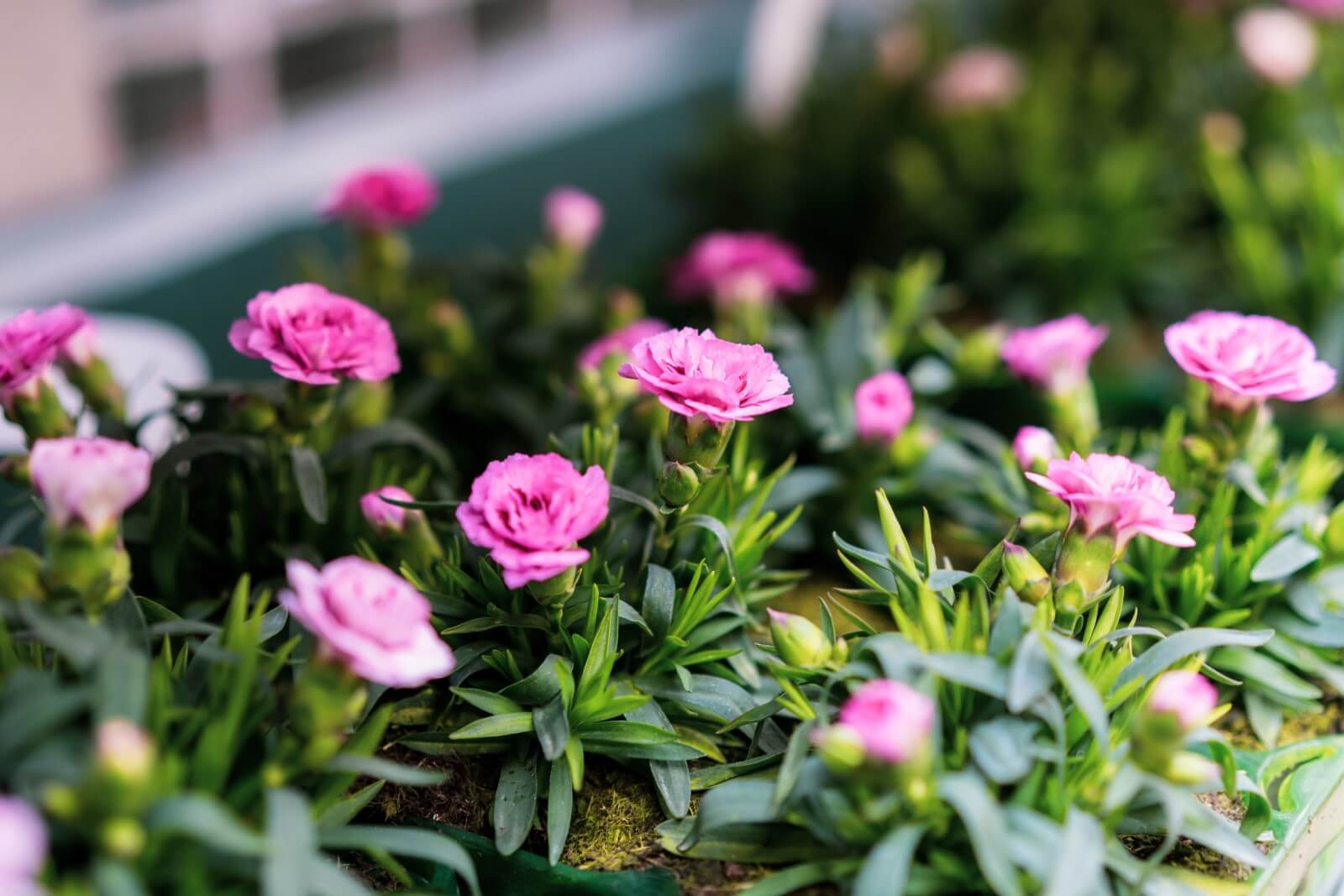
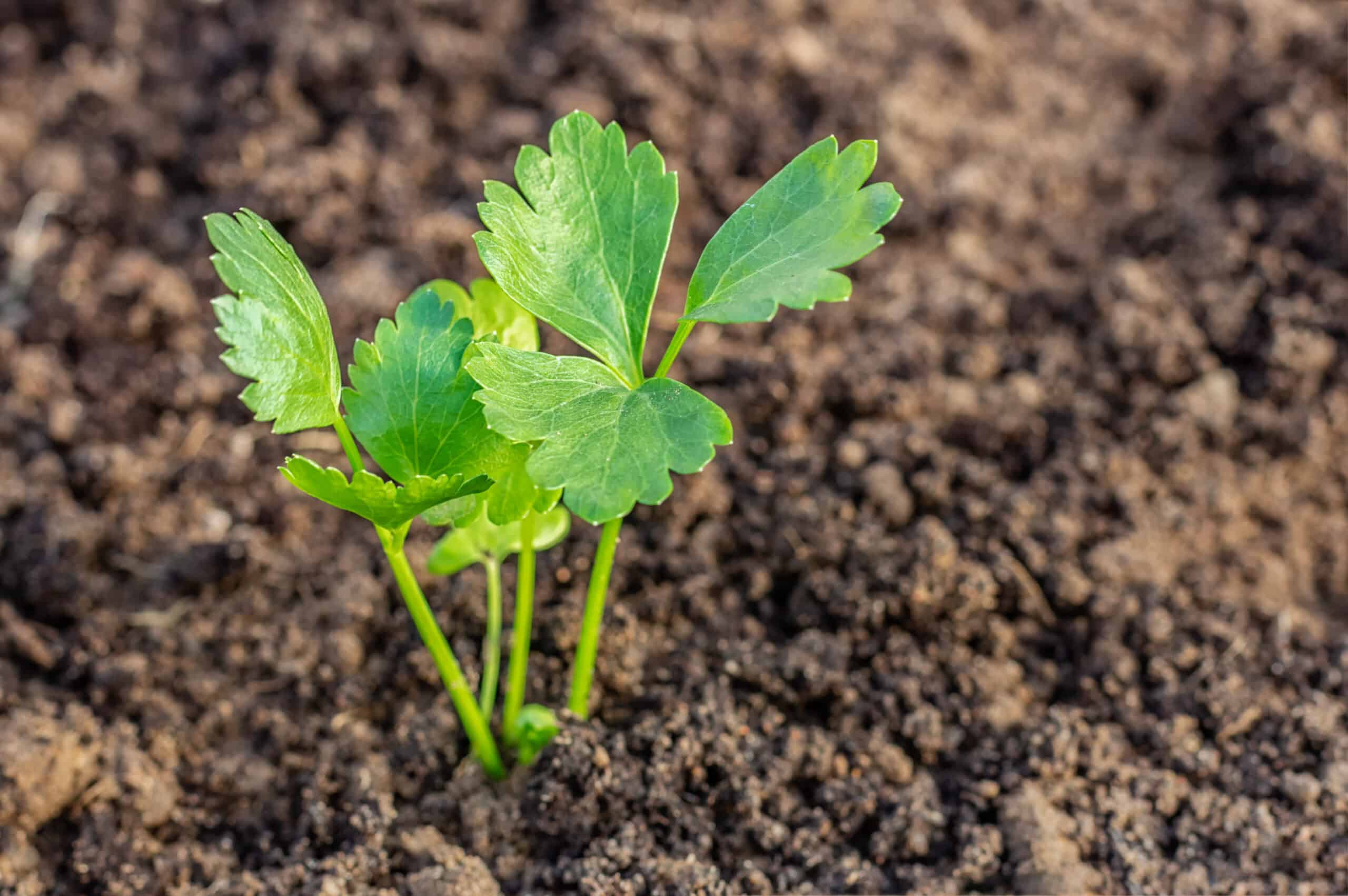
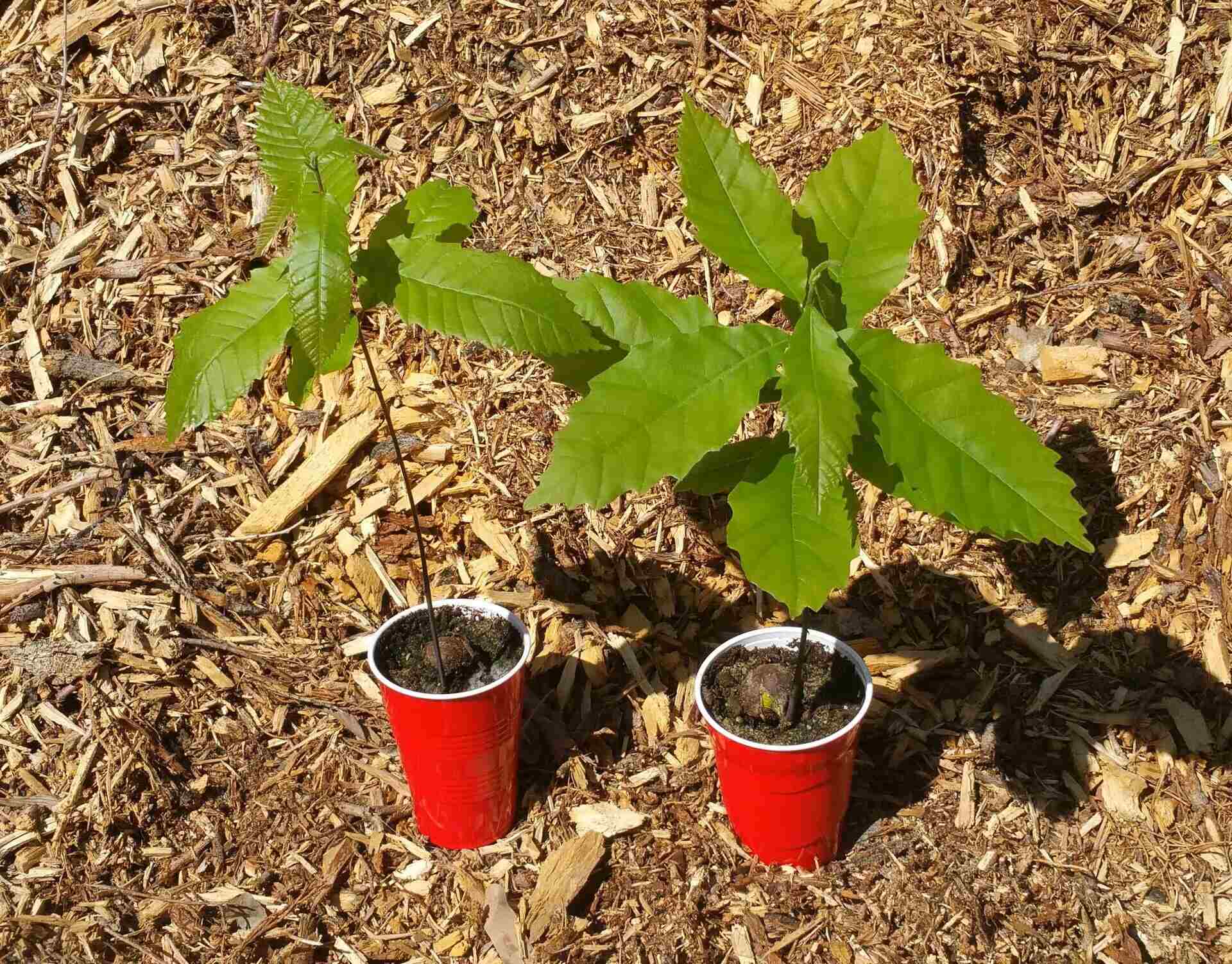
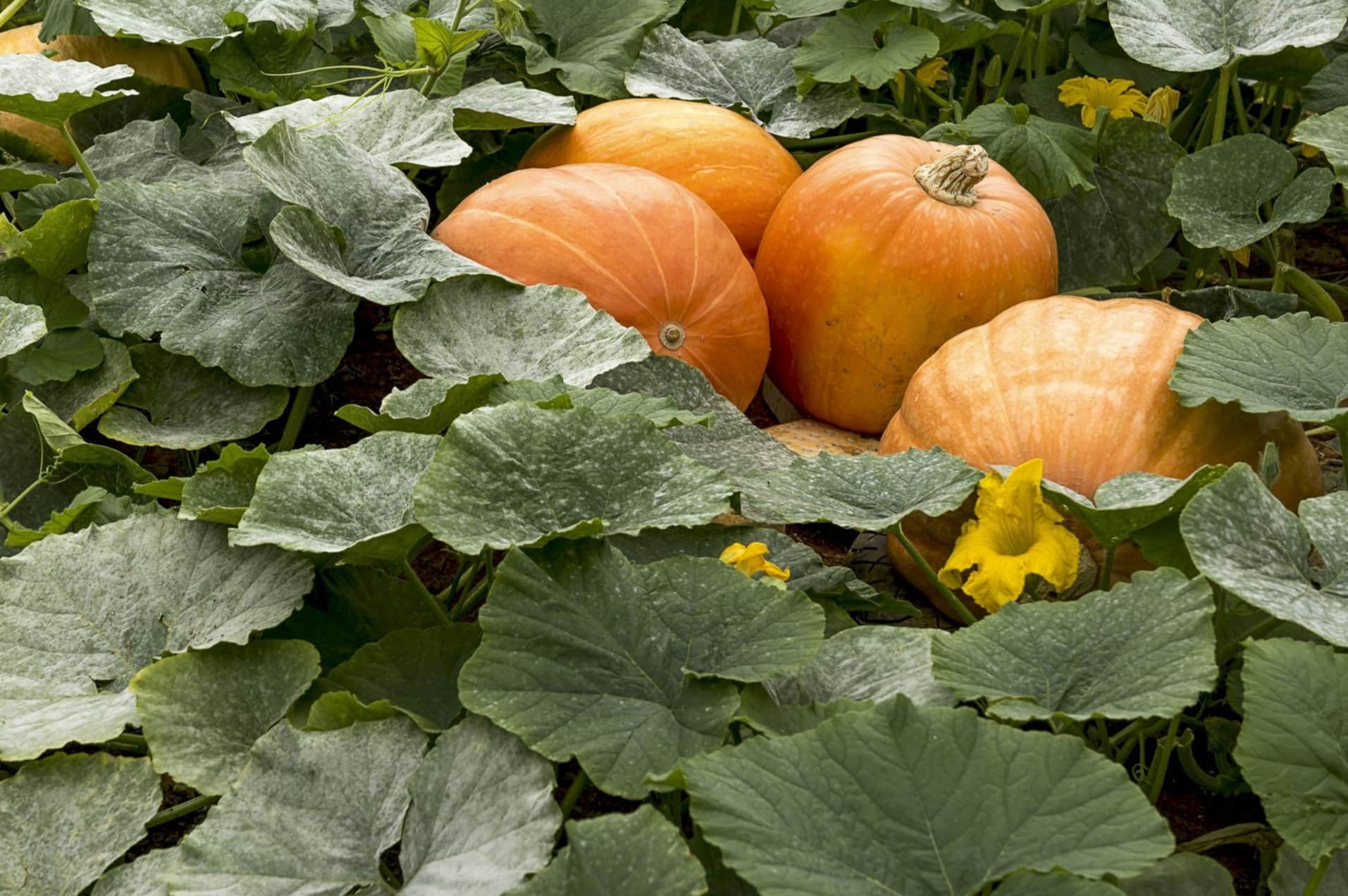
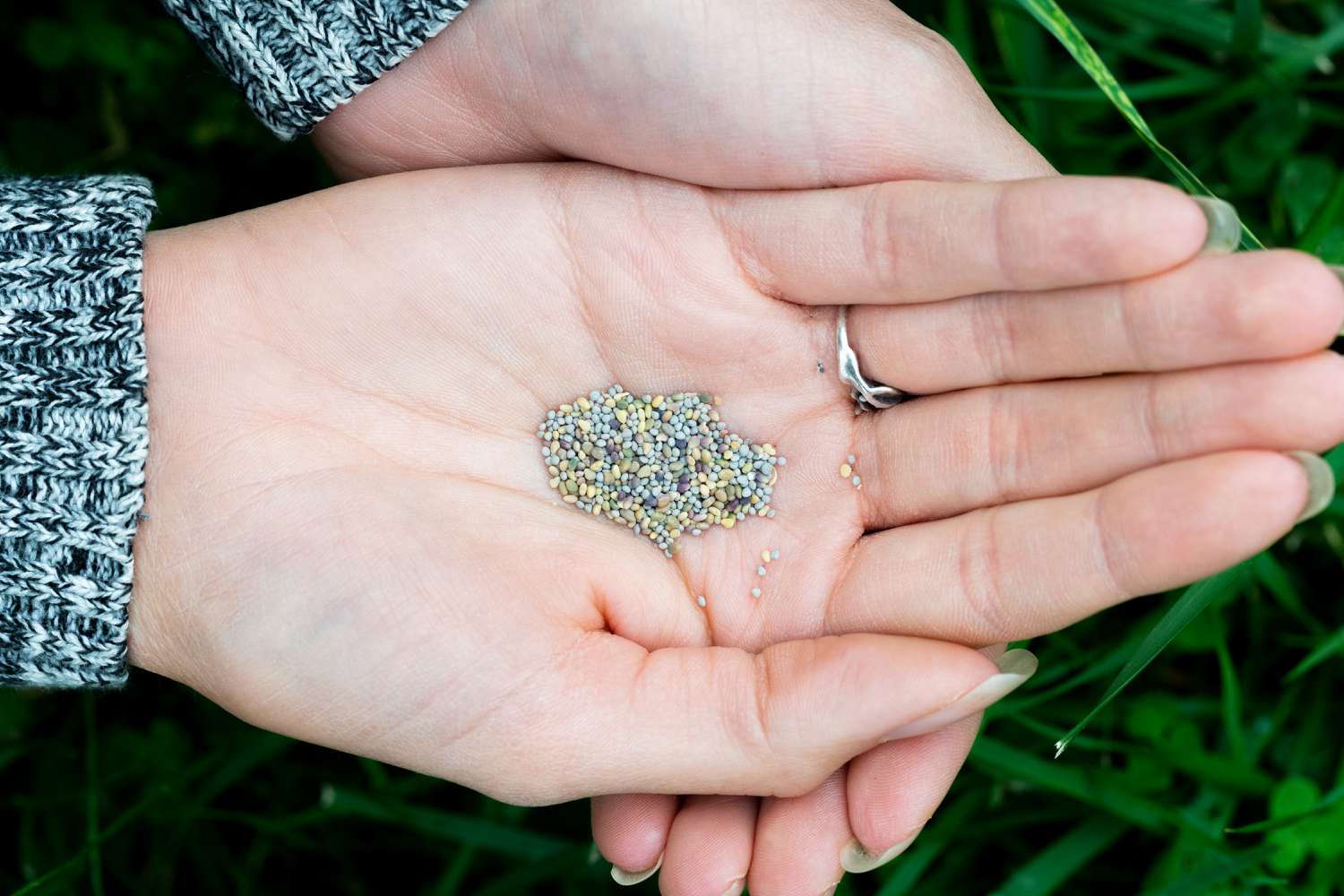
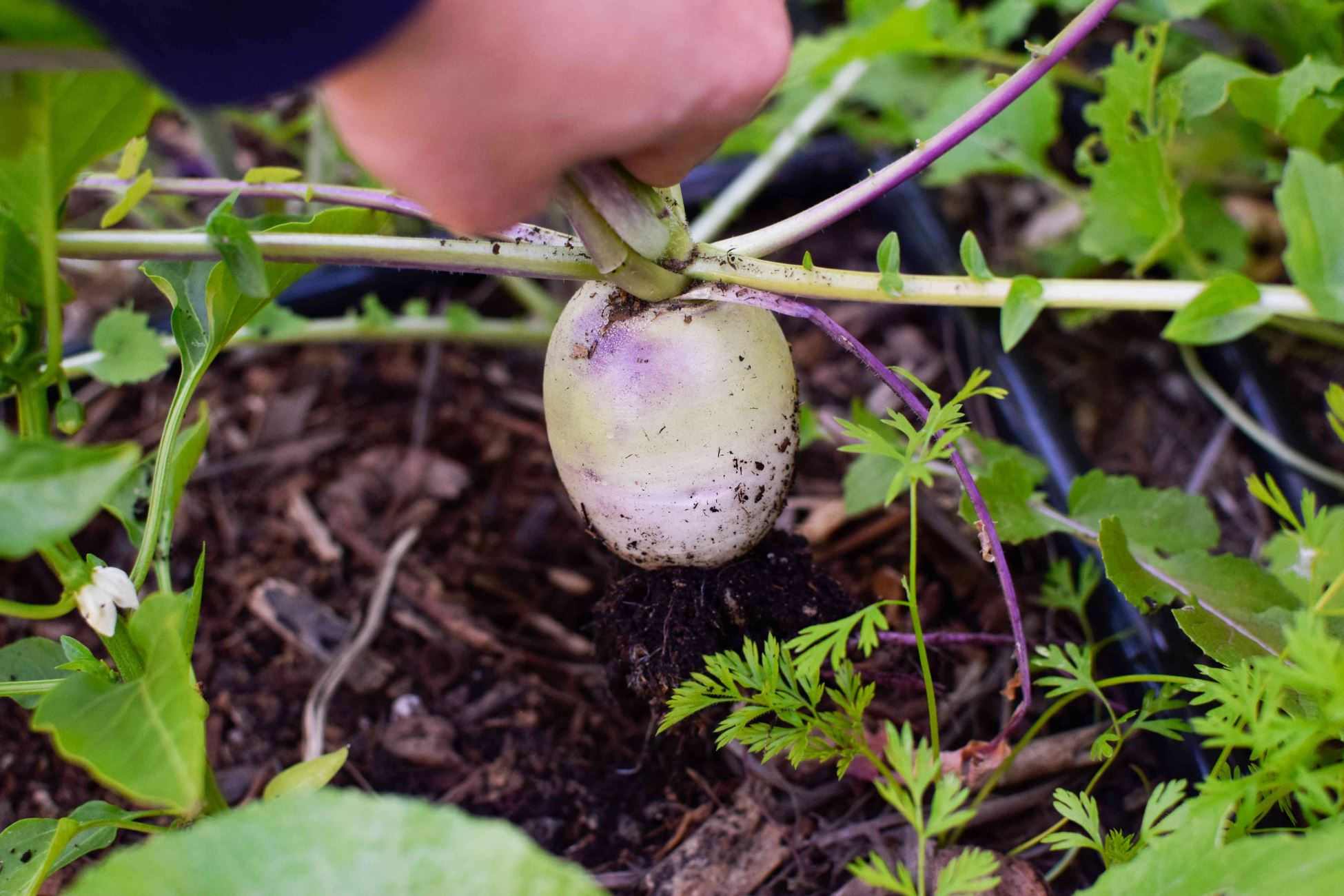
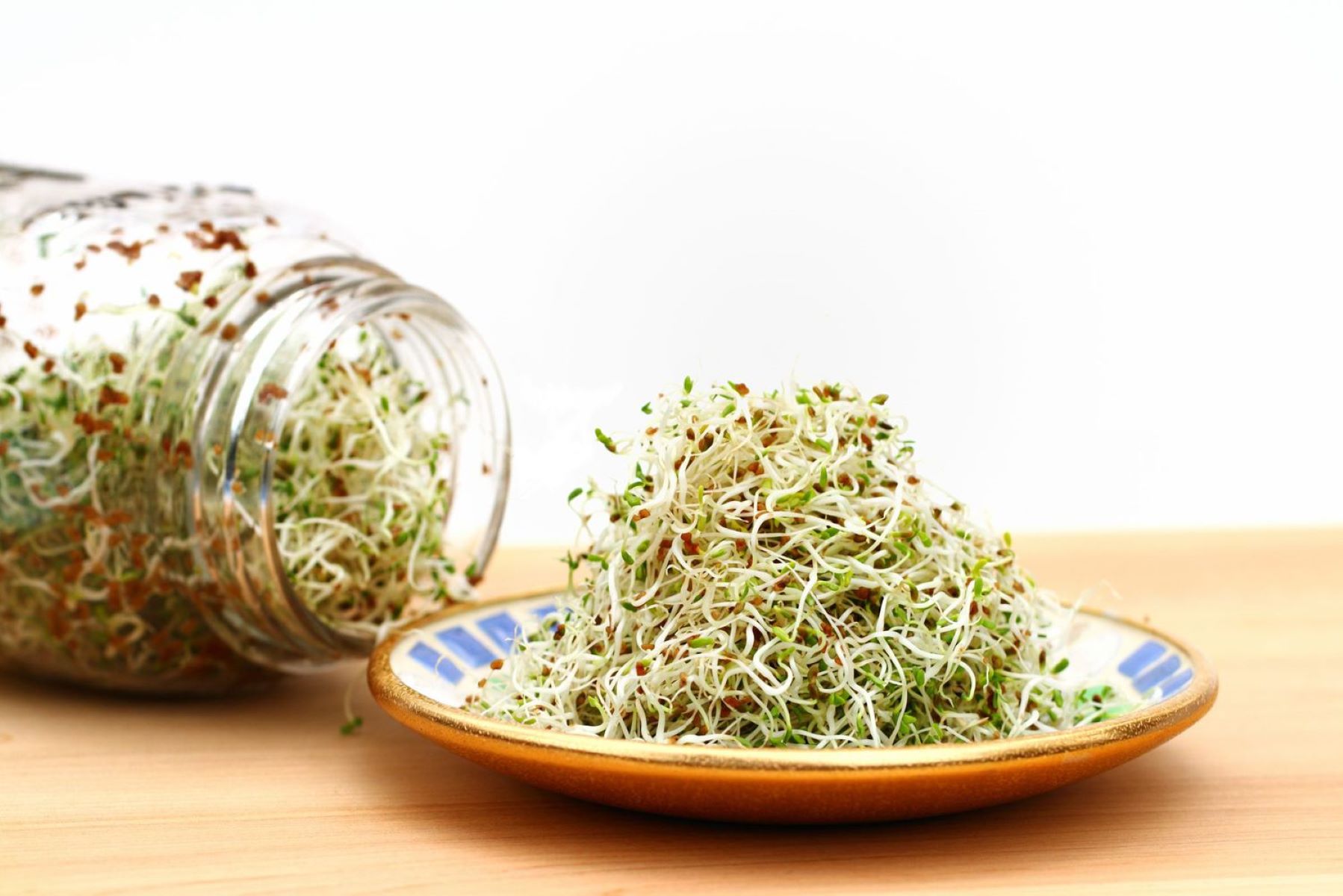
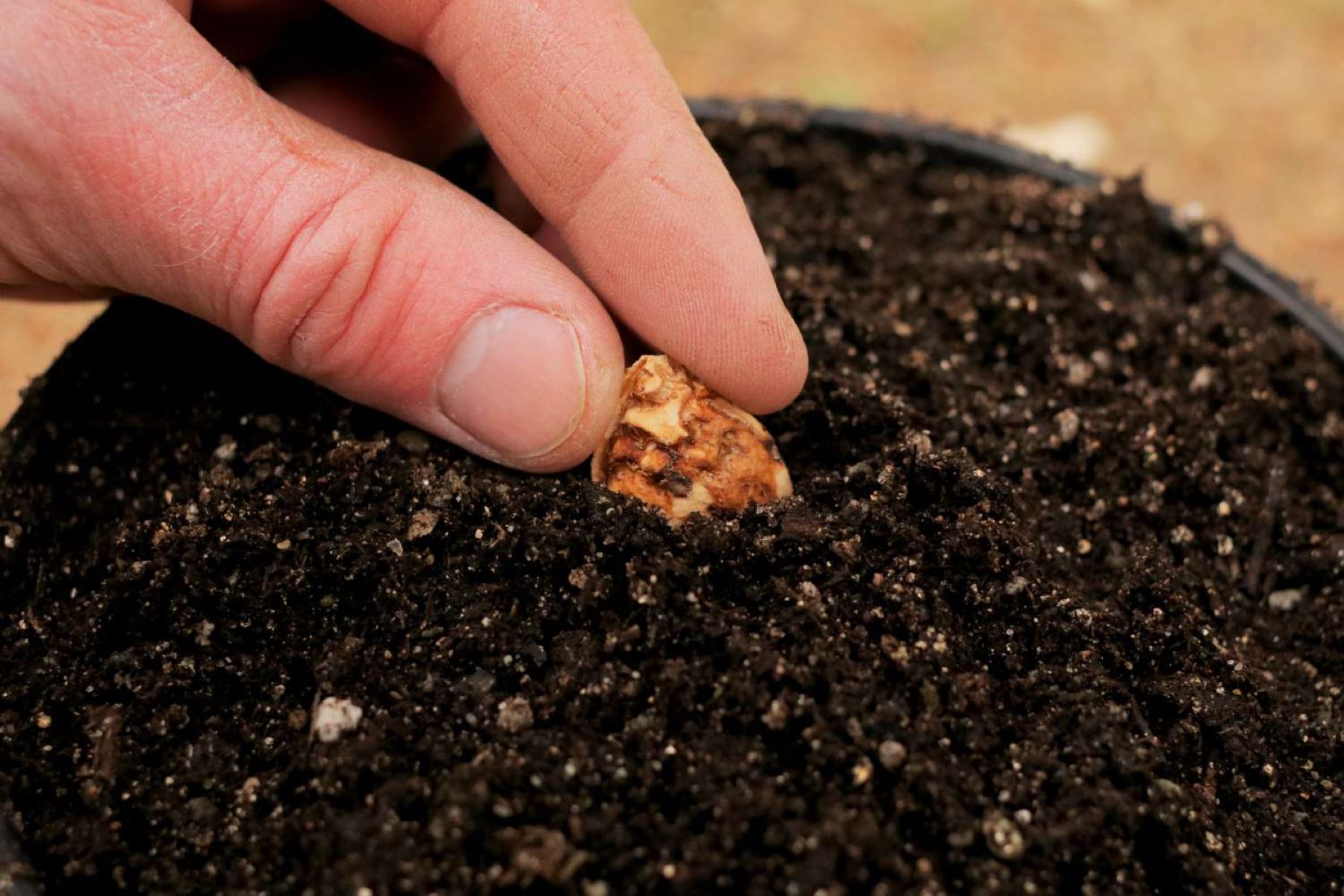
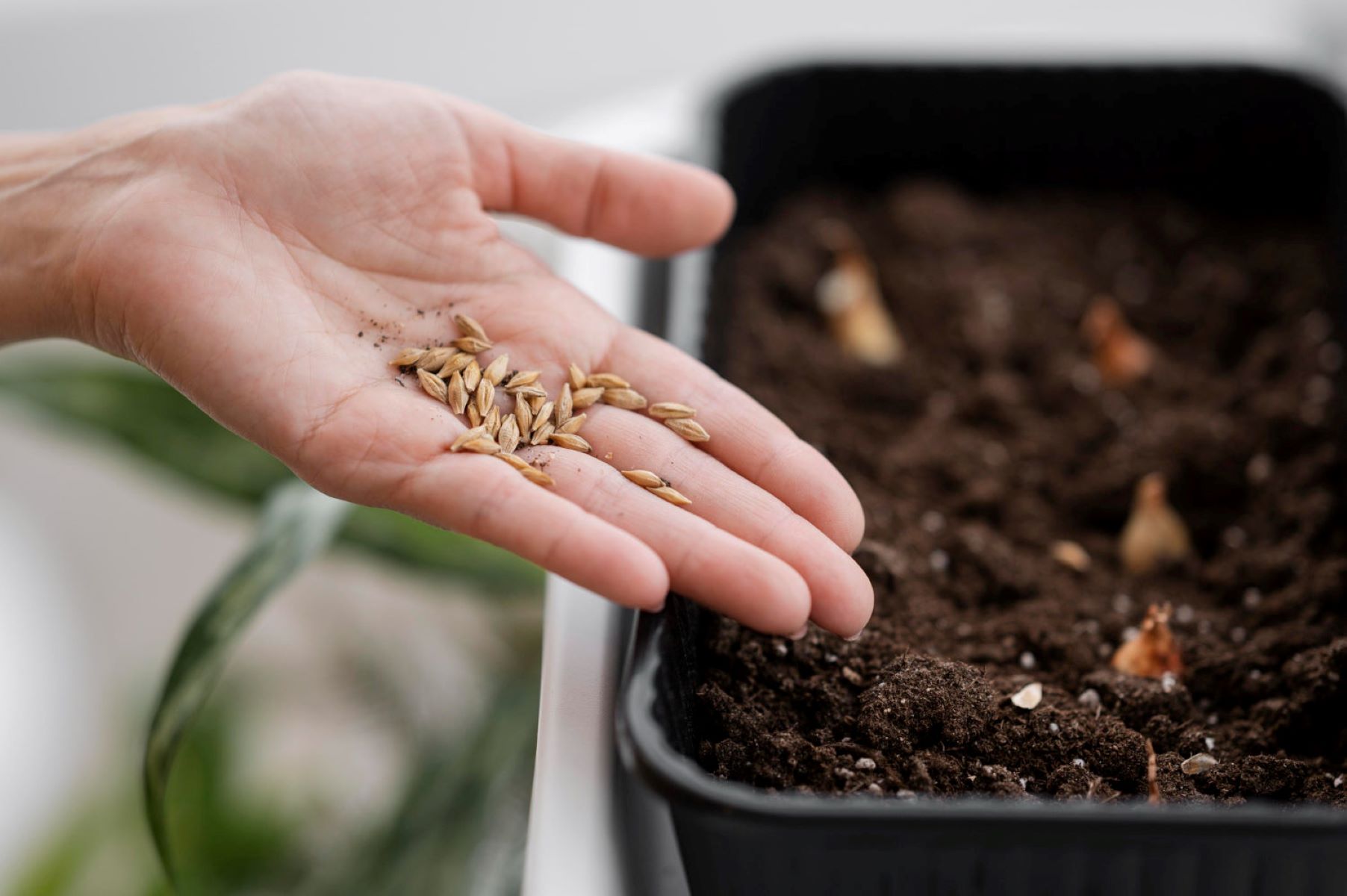
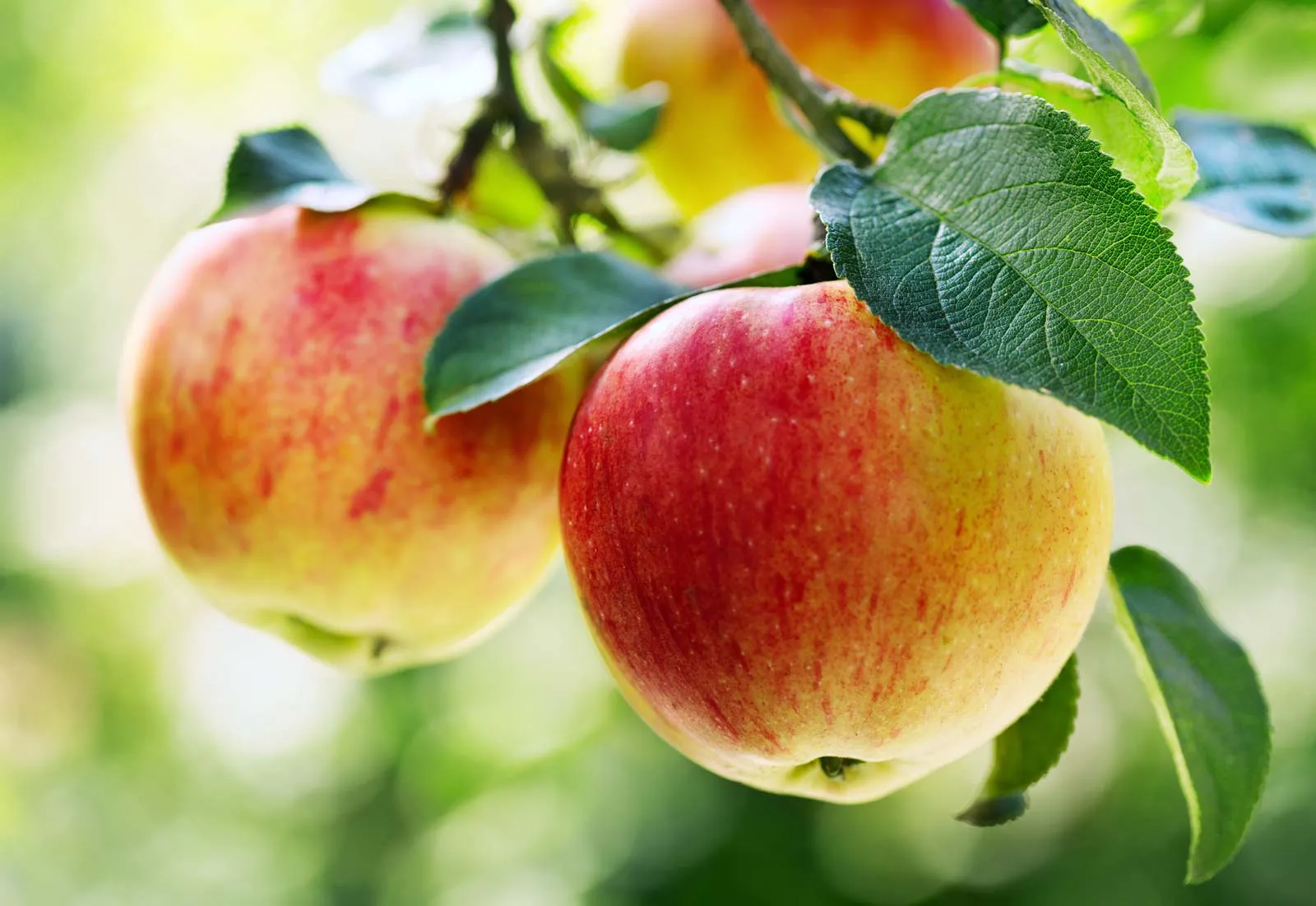
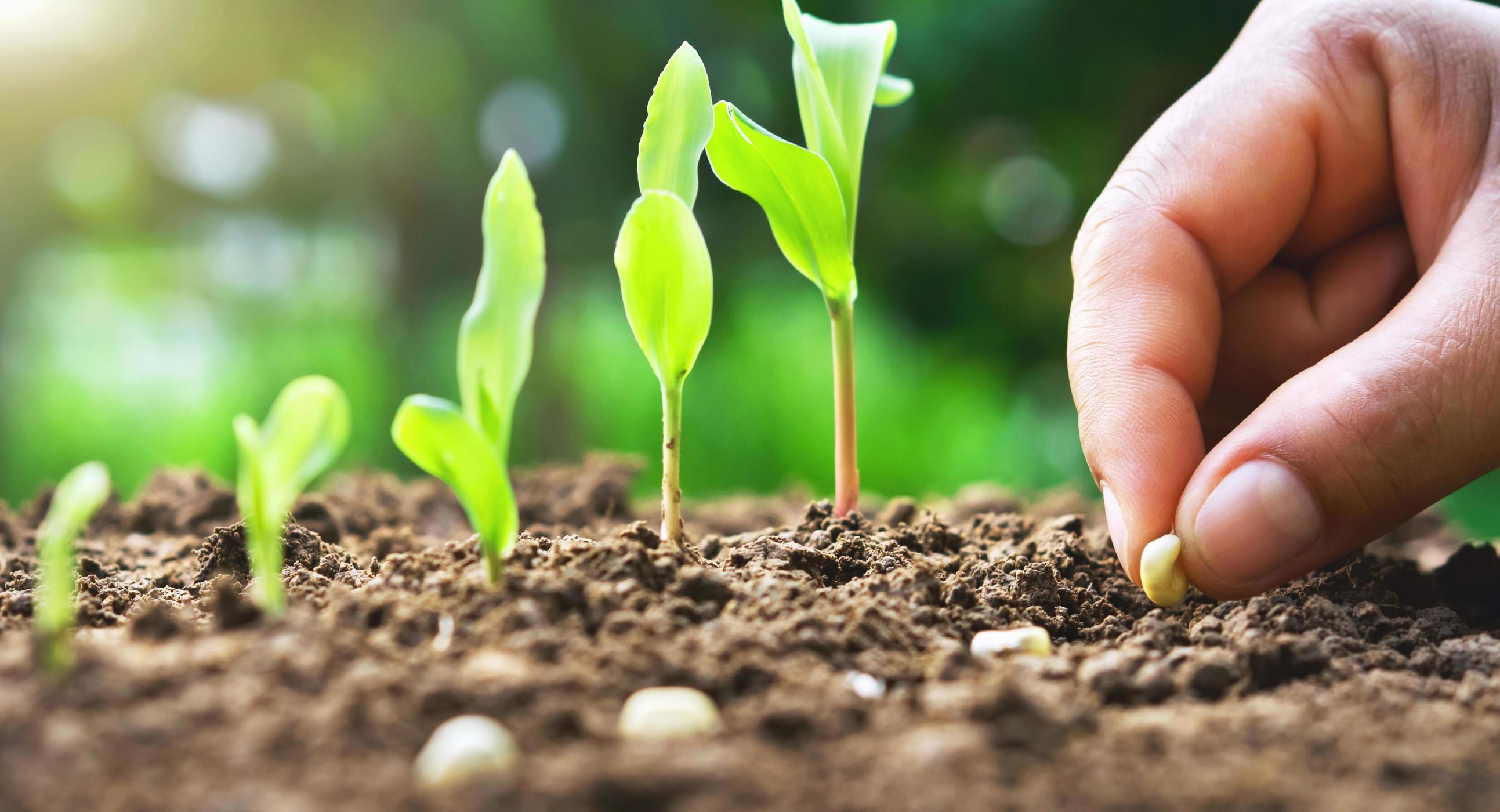
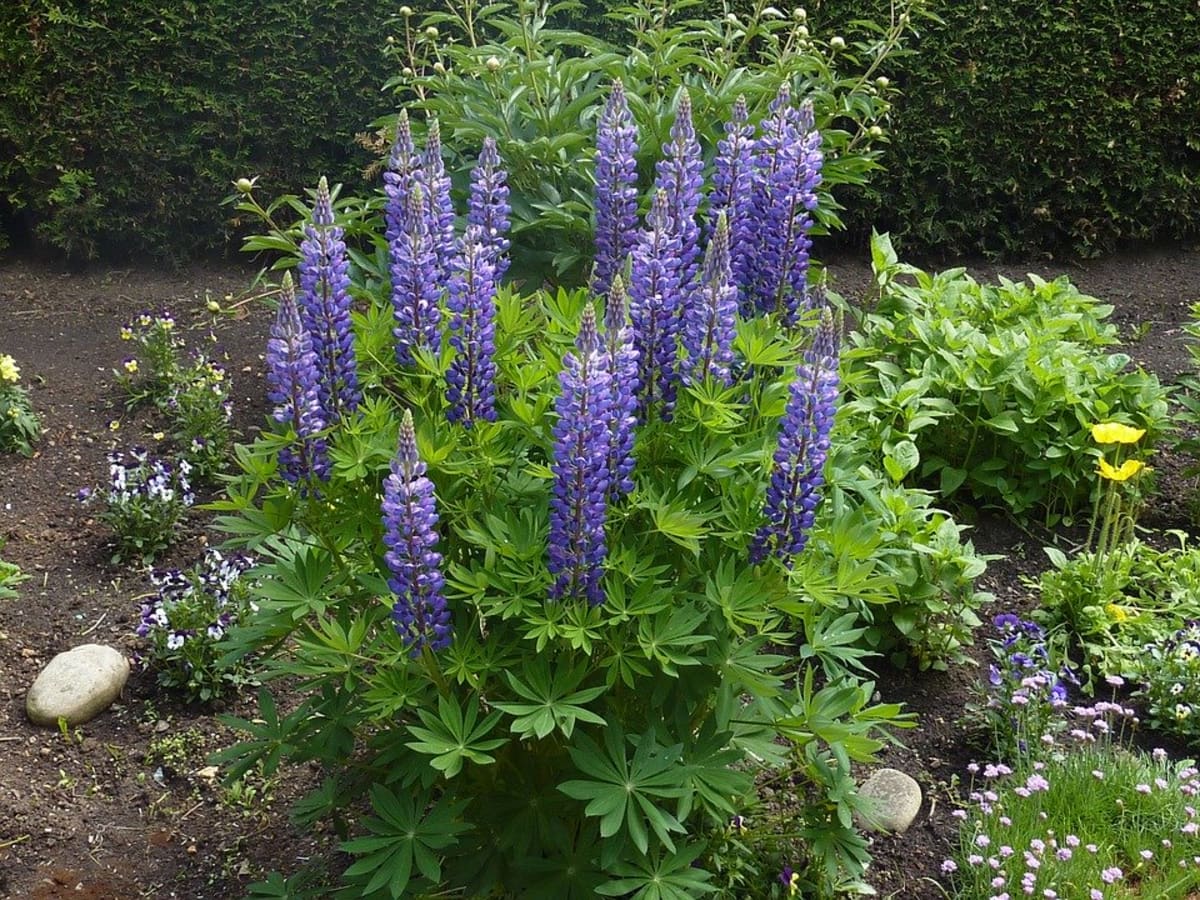

0 thoughts on “How To Plant Dianthus Seeds”